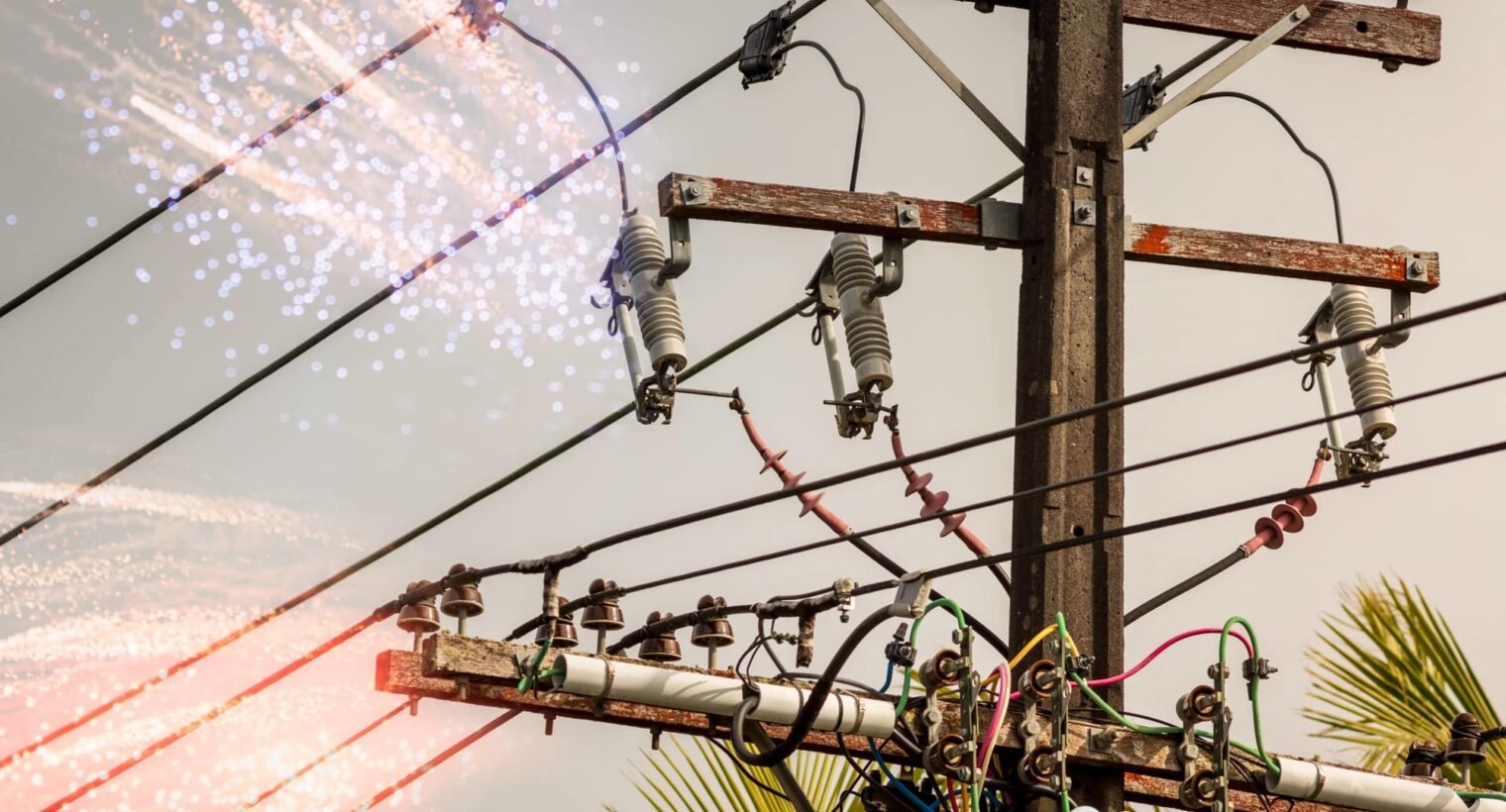This article is your complete guide to understanding the different types of power surges. The two main types of surges are internal power surges and external power surges. Exploring what causes power surges can help you understand the differences between the two. Making what to do when you experience a power surge more appropriate for the type of surge you’re having. This article will help you with essential insights and practical solutions to help you handle surges like a pro!
Here at The Energy Professor, we want to give you the information you need to not only save money on your energy bill but to also become more energy efficient. We hope you find this post helpful! It makes it easier for you to know more about power surges. Be sure to also check out our one-of-a-kind energy savings calculator!
The Energy Professor Electricity Rate Check Tool
Types of Power Surges
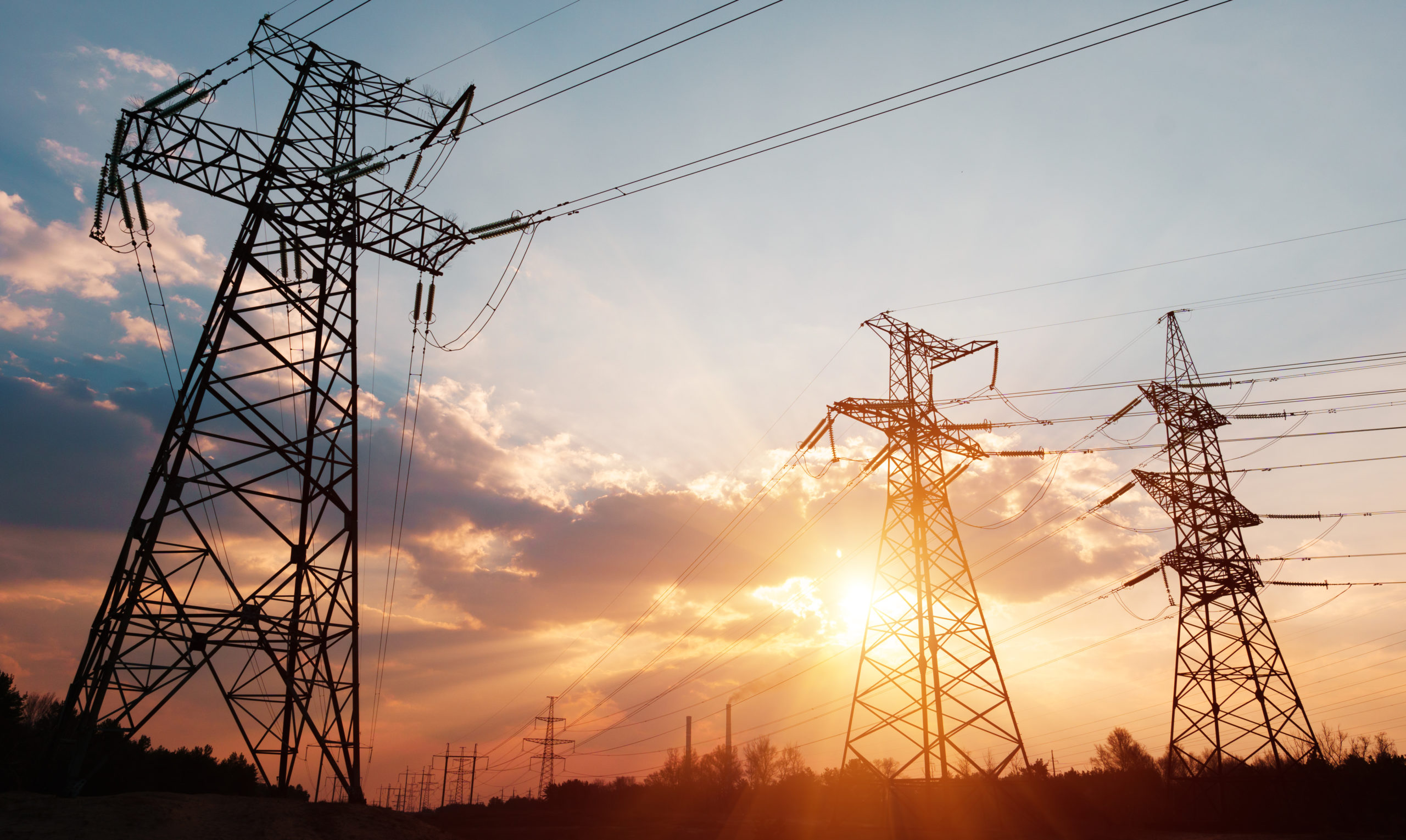
Power surges fall into two main categories: internal and external. An internal power surge is the most common type of power surge. They can happen multiple times a day and they’re typically caused by high-powered appliances cycling on and off within your home. External power surges are less frequent but more severe. These surges typically result from lightning strikes, spikes in electrical supply, or major disturbances in the power grid.
Internal Power Surge
- An internal power surge occurs from within your home. This is often the result of devices with motors starting up or shutting down, like your refrigerator or air conditioner. These devices require a lot of energy to start, and this sudden demand can disrupt your home’s steady electrical flow, leading to a surge.
External Power Surge
- An external power surge is caused by outside factors. This could be due to lightning strikes, downed power lines, or changes in the electricity supply from your utility company. These surges are less frequent but can be more severe and potentially damaging.
Related Post: What is a Rolling Blackout?
What Causes Power Surges
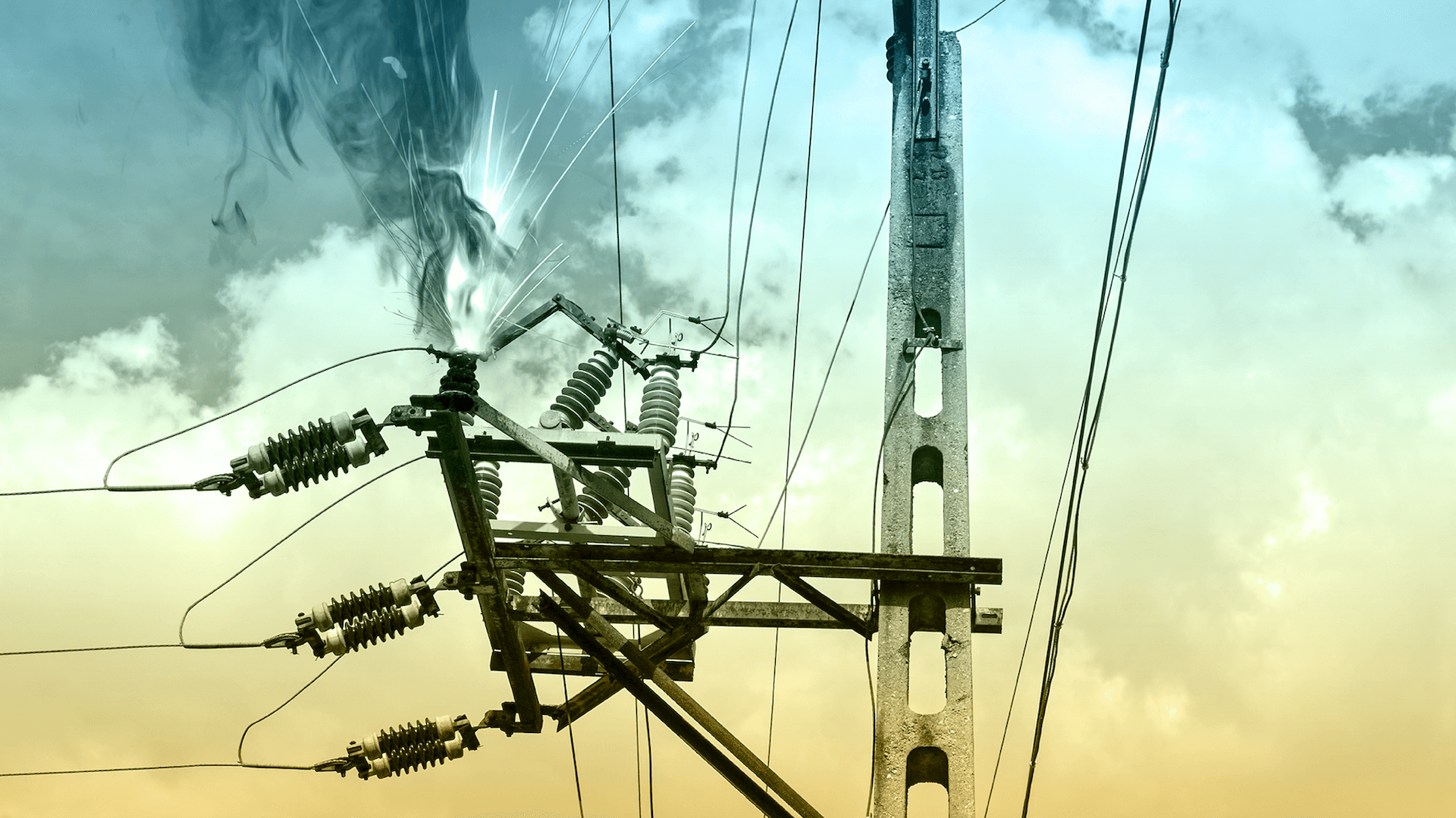
A power surge is a sudden, temporary spike in your home’s electrical current, triggered by various factors. Events like lightning strikes can send excessive electricity into your home’s wiring. Community power grid issues, such as outages or malfunctions, can cause surges when power is abruptly restored. Internally, high-powered appliances in your home, like air conditioners or refrigerators, can create surges as they demand large amounts of electricity to start or stop, disrupting the steady flow of current.
What is Surge Protection?
- Surge protection is your main line of defense against these surges. It’s a system or device designed to protect electronic devices from voltage spikes. Think of it as a gatekeeper, ensuring that any excess electricity doesn’t make its way into your home’s electrical system and cause damage.
Now that we have a solid understanding of surge protection, let’s start exploring the various Types of Power Surges. This knowledge is key in identifying and effectively addressing the specific surge issues you might encounter. These differences are crucial for implementing the most effective protection strategies
Related Post: What is a Power Surge?
Power Surges Prevention
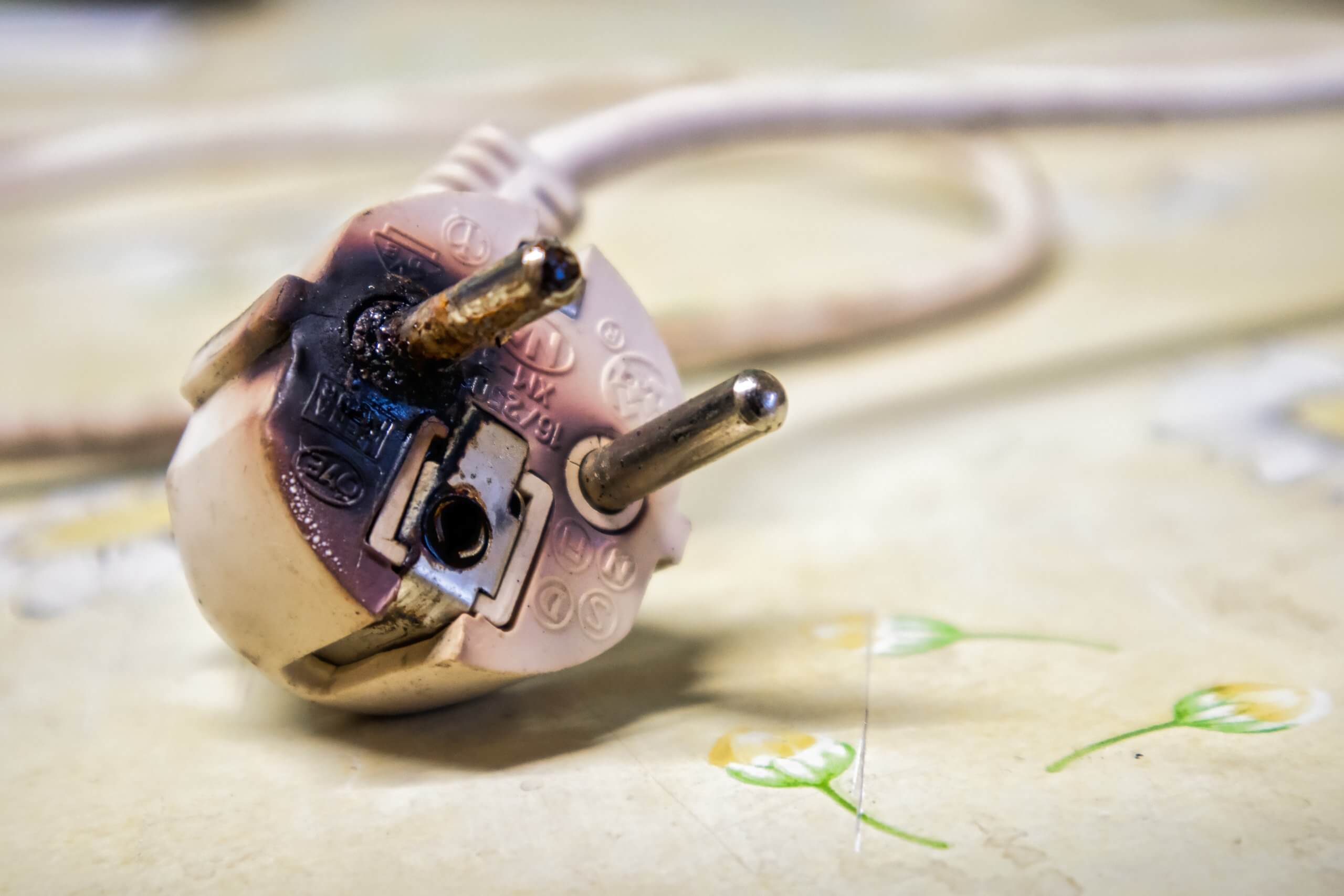
The first step is understanding that power surges can occur at any time. Installing industrial surge protection methods, even in a residential setting, can be a great defense against surges. This might involve installing surge protectors, making sure your home’s wiring is up to date, and inspecting your electrical system regularly. Being aware of what causes a power surge and taking simple precautions can minimize the risk of damage.
How to Prevent a Power Surge
- Unplug unused devices (this can also help you save on electricity!)
- Upgrade your wiring
- Don’t overload your circuit
- Use a surge protector
Preventing power surges in your home involves a few strategic steps. First, consider installing a whole-house surge protector, which can safeguard your entire electrical system. Unplugging devices during a storm or when they’re not in use can minimize the risk. It’s also wise to invest in individual surge protectors for high-value electronics.
Related Post: What is a Vampire Appliance?
What is a Power Surge Protector?
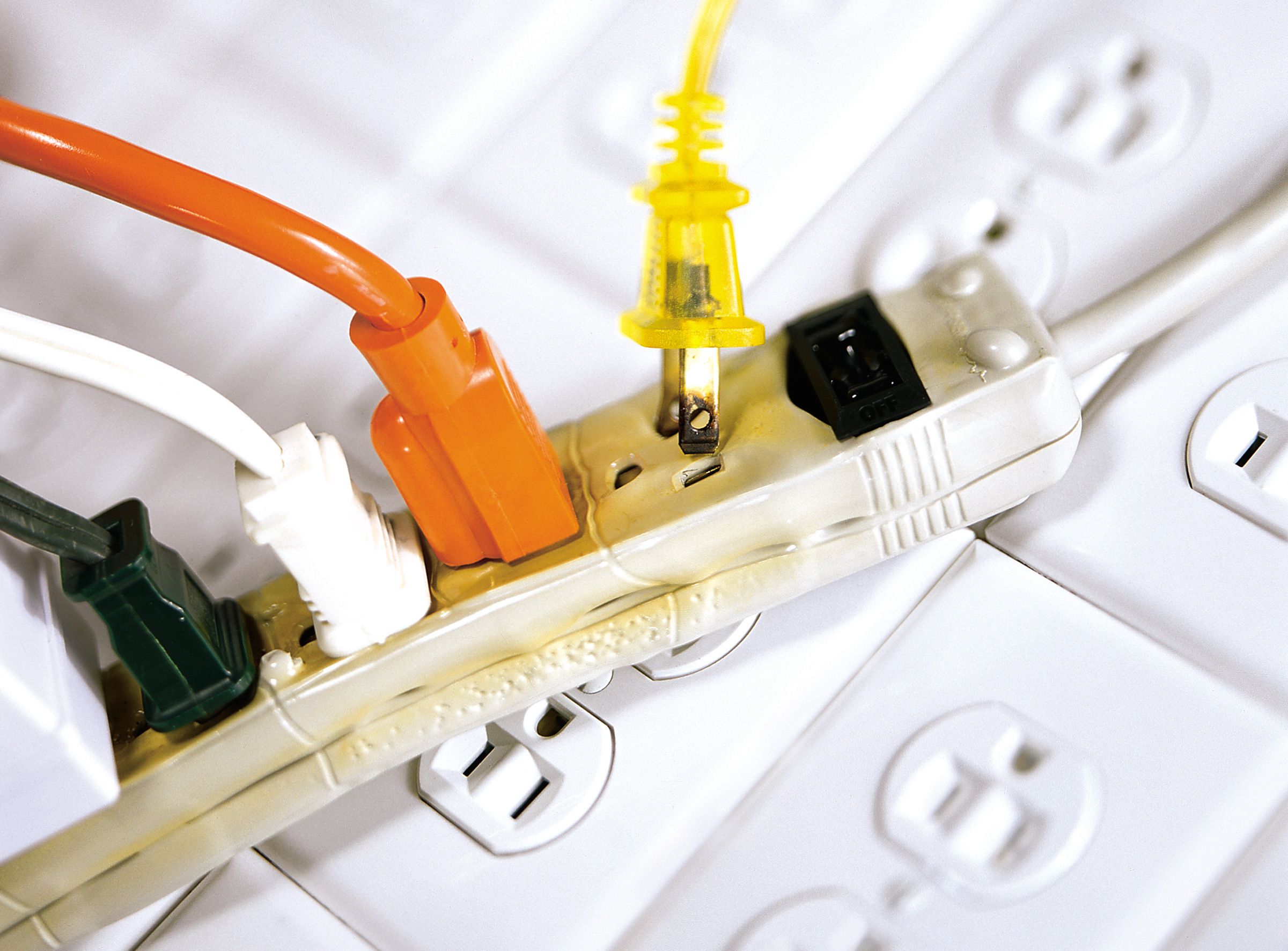
A surge protector is a device designed to protect your home’s electronics from sudden power surges and electrical spikes. When a surge occurs, the protector acts as a barrier, either blocking the excess electricity or redirecting it to the ground. This prevents the electricity from reaching and damaging connected devices. There are various types of surge protectors, ranging from simple outlet strips to sophisticated whole-house systems. Incorporating surge protection into your home’s electrical system is a great proactive measure that can prevent costly repairs.
Different Types of Surge Protectors
- Whole house or panel-mounted
- Power strips with surge protection
- Transient Voltage Surge Suppressors (TVSS)
A power surge protector is a device that shields your electronics from excess voltage during a surge. There are several types of surge protectors, from basic models that you plug into an outlet, to more complex systems like whole-house surge protectors. The right choice depends on your specific needs and the level of protection you require.
Related Post: What are Transient Voltage Surge Suppressors?
Types of Power Surges FAQ

Q: Can power surges happen in any type of home, regardless of age?
A: Yes, power surges can occur in homes of any age. Older homes might be more susceptible due to outdated electrical systems, but modern homes with numerous electronic devices are also at risk.
Q: Are power surges more common during certain times of the year?
A: Power surges can happen at any time, but they are more common during storm seasons due to increased lightning activity and potential power grid issues.
Q: How can I tell if my surge protector is working correctly?
A: Most surge protectors have an indicator light that shows they are functioning properly. If this light is off or the device shows any signs of damage, it may need replacement.
Q: Do all electronic devices need surge protection?
A: While not all devices require surge protection, it’s highly recommended for expensive or sensitive electronics, such as computers, televisions, and home theater systems.
Q: Can installing a whole-house surge protector eliminate the need for individual surge protectors?
A: A whole-house surge protector provides a first line of defense, but it’s still advisable to use individual surge protectors for extra protection, especially for high-value electronics.
Q: How often should I replace my surge protectors?
A: Surge protectors should be replaced every few years or after a major power surge event, as their protective components can degrade over time or with use.
Q: In case of a power surge, what should be my immediate steps?
A: After a power surge, check your electronic devices for functionality, reset tripped circuit breakers, and inspect surge protectors for damage. If there’s significant electrical damage, contact a professional electrician.
Do you Need Cheaper Electricity?
If you’ve taken the time to understand the information on your bill and discovered you’re paying more than you’d like for your electricity, have you looked around for a cheaper deal? The Energy Professor has a wealth of information on ways to save on your utilities, including details of top deals that could significantly reduce your monthly or quarterly electricity bills.
We hope you found this article helpful! If you are looking for ways to increase energy efficiency and sustainability in your home be sure to take a look at all of the latest renewable energy options in your area. The Energy Professor helps residential and small business owners find qualified energy suppliers in New York, New Jersey, Pennsylvania, Texas, Ohio, Maryland, Illinois, and Massachusetts.

